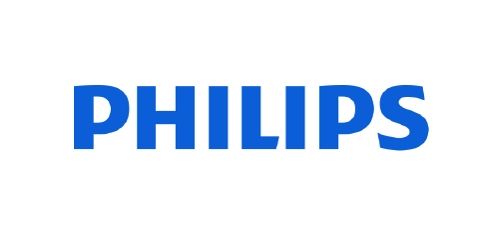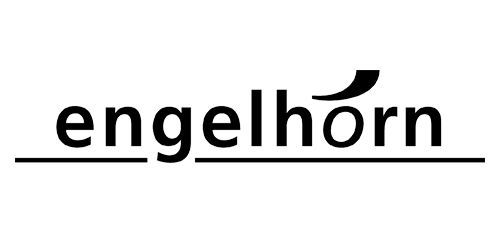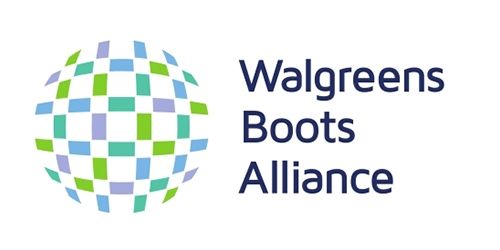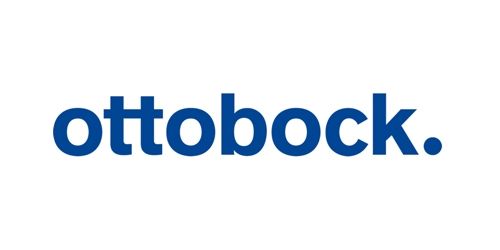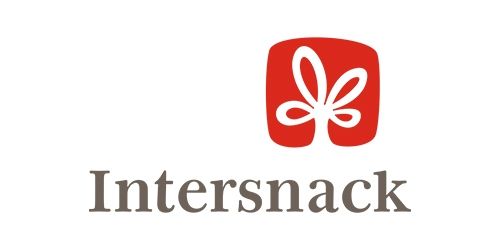Wijzigingscapaciteitsprofiel
De online diagnosetool kwantificeert de verandervaardigheden van uw managers en medewerkers. Het CCP vormt daarmee de basis voor het afleiden van ontwikkel- en optimalisatiemaatregelen om de effectiviteit van uw veranderprocessen te vergroten.
U wilt veranderprocessen optimaliseren en uw personeel in staat stellen om uitdagende veranderingen succesvol te beheren, maar u weet niet waar u moet beginnen? De juiste houdingen, vaardigheden en randvoorwaarden maken het verschil.
Met het Change Capability Profile bepaalt Kienbaum de verandercompetentie van uw managers en medewerkers en meet individueel en collectief ontwikkelpotentieel op het niveau van mindset, skillset en toolset. Ook de contextuele factoren van uw organisatie worden meegenomen, aangezien deze een grote invloed hebben op de bereidheid tot verandering.
VERANDER CAPACITEITSPROFIEL DASHBOARD
Of het nu gaat om digitalisering, klimaatverandering of de Covid-19-pandemie: de moderne werkwereld wordt gekenmerkt door transformatie en voortdurende ontwrichting. Door deze maatschappelijke uitdagingen zijn veranderingsprocessen allang een constante geworden, wat nieuwe eisen stelt aan de vaardigheden die in de toekomst nodig zijn ( Future Skills ). Transformatieve vaardigheden zijn de belangrijkste vaardigheden voor de toekomst en bedrijven eisen deze steeds meer van hun werknemers. Ze stellen mensen in staat om maatschappelijke uitdagingen aan te gaan, innovatieve oplossingen te ontwerpen en de moed te hebben om deze vervolgens consequent door te voeren.
Het vermogen om veranderingen niet als een bedreiging te zien, maar er effectief mee om te gaan en ze positief vorm te geven of zelfs te initiëren, is daarom in de toekomst zeer relevant. Die bedrijven die zich snel en flexibel aanpassen aan nieuwe doelen en strategieën en hun verandermanagement actief ontwerpen en moedig implementeren, zijn of zullen succesvol zijn. Daarom moet de focus liggen op training en verdere opleiding in transformatieve vaardigheden voor werknemers in een organisatie - bijvoorbeeld door een constante beoordeling van de vaardigheidsbehoeften en gerichte verdere ontwikkeling.
Welke specifieke voordelen worden behaald door het gebruik van de CCP?
Als onderdeel van veranderings- en transformatieprojecten
- Identificatie van ontwikkelingsgebieden op individueel, team- of organisatieniveau voor empowerment in verandering
- Identificatie van veranderingsmultipliers en veranderingssceptici om deze op de juiste manier aan te spreken bij de doelgroep en te gebruiken in het project
- Kansen voor procesoptimalisatie door het verzamelen van relevante contextuele factoren
- Identificatie van systemische patronen die een negatieve impact hebben op change management door middel van geaggregeerde rapporten
Als onderdeel van leiderschapsontwikkeling
- Het vastleggen van vaardigheden, kennis en praktische ervaring met verandering, rekening houdend met de bijzondere rol als manager
- Identificatie van individuele ontwikkelingsgebieden op basis van het persoonlijke resultatenrapport
- Afleiding van kwalificatieoffensieven en begeleidende maatregelen op basis van het rapport met geaggregeerde resultaten.
Als onderdeel van selectieprocessen (werving)
- Beoordeling van de verandercompetentie van potentiële medewerkers en managers als criterium voor het aannemen van een nieuwe kandidaat (bijv. analyse van de culturele fit, diagnostiek, etc.)
- Vergelijking van functie-eisen met de verandervaardigheden van sollicitanten en werknemers
- Mogelijkheid om gefundeerde personeelsbeslissingen te nemen (ook intern) met betrekking tot de verandercapaciteit van de sollicitanten
Procedure voor het Change Capability Profile
Wilt u actief veranderingsvaardigheden in uw bedrijf aansturen en zo het volledige potentieel van uw medewerkers benutten?
Voor succesvol verandermanagement hebben organisaties verander-competente managers en medewerkers nodig. Om verandercompetentie en prestaties in verandering te bevorderen en optimaliseren, moeten deze in de eerste stap worden vastgelegd en gekwantificeerd, rekening houdend met de randvoorwaarden.
Het Change Capability Profile onderzoekt de ontwikkelingsbehoeften van individuen in termen van bereidheid en vermogen om te veranderen en biedt informatie over de status quo van de beroepsbevolking of geselecteerde groepen/teams met behulp van een geaggregeerd resultatenrapport. De multi-method-aanpak meet ook onbewuste houdingen ten opzichte van veranderingsprocessen om sociaal wenselijke antwoorden te vermijden. Een individueel resultatenrapport dat automatisch wordt gegenereerd na verwerking, bevat gedifferentieerde resultaten en persoonlijke sterktes en risico's voor persoonlijke ontwikkeling. Werkgevers ontvangen bedrijfsbrede of groepsspecifieke algemene rapporten met branchespecifieke benchmarks.
Het Change Capability Profile is ontwikkeld in wetenschappelijke samenwerking met het Kienbaum Institute for Leadership and Transformation aan de International School of Management in Dortmund. Wetenschappers en experts met een achtergrond in bedrijfspsychologie en geschiktheidsdiagnostiek, evenals bewezen beoefenaars, werken bij het Kienbaum Institute en bij Kienbaum zelf. Zij maken het mogelijk om verandercompetentie meetbaar te maken door middel van data-gebaseerde audits van individuen. Deze procedures resulteren in betrouwbare resultaten over het vermogen van werknemers om te veranderen.
Het meten van onbewuste houdingen ten opzichte van verandering met behulp van impliciete associatietests
Innovatief Forced Choice-vraagformaat
Voorlopig gesprek:
- Motivatie / doeldefinitie
- Presentatie van de tool en het model
- Prioritering van vragen
Duur: 1/2 dag
Uitvoering:
- Het uitvoeren van de enquête
- Retourzendingen innen
- Helpdesk service
Duur: ca. 14 dagen
Evaluatie:
- Automatische evaluatie van individuele resultaatrapporten
- Voorbereiding van groepsresultaten
- Opstellen en verstrekken van het groepsrapport
Duur: ca. 7 - 14 dagen
Beoordelingsworkshop:
- presentatie van de resultaten
- Afleiding van concrete aanbevelingen voor actie
Duur: 1 dag



